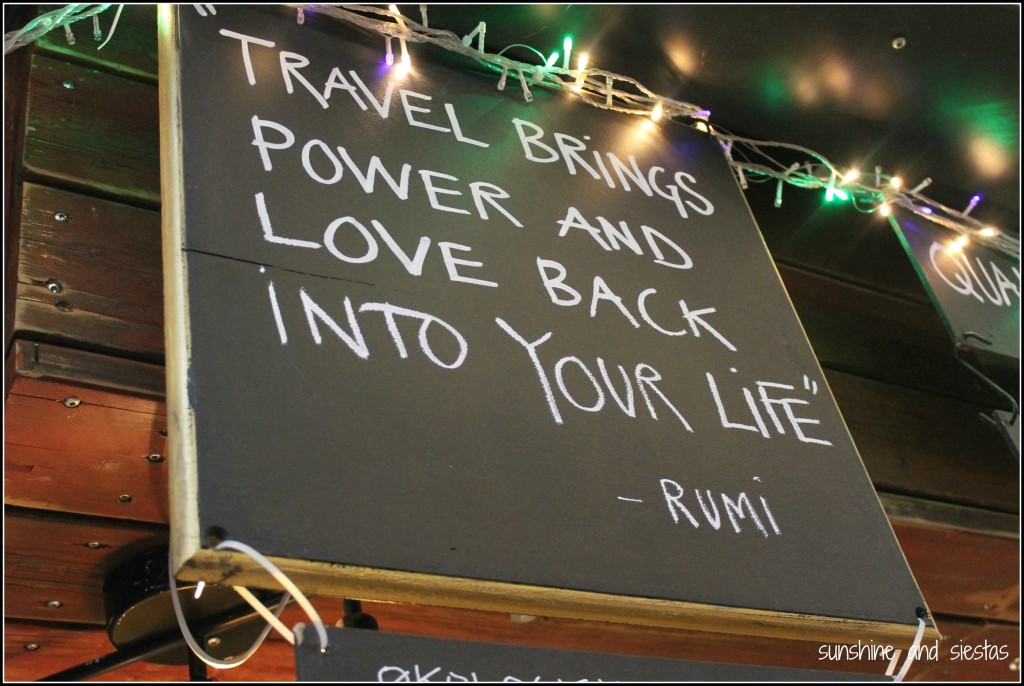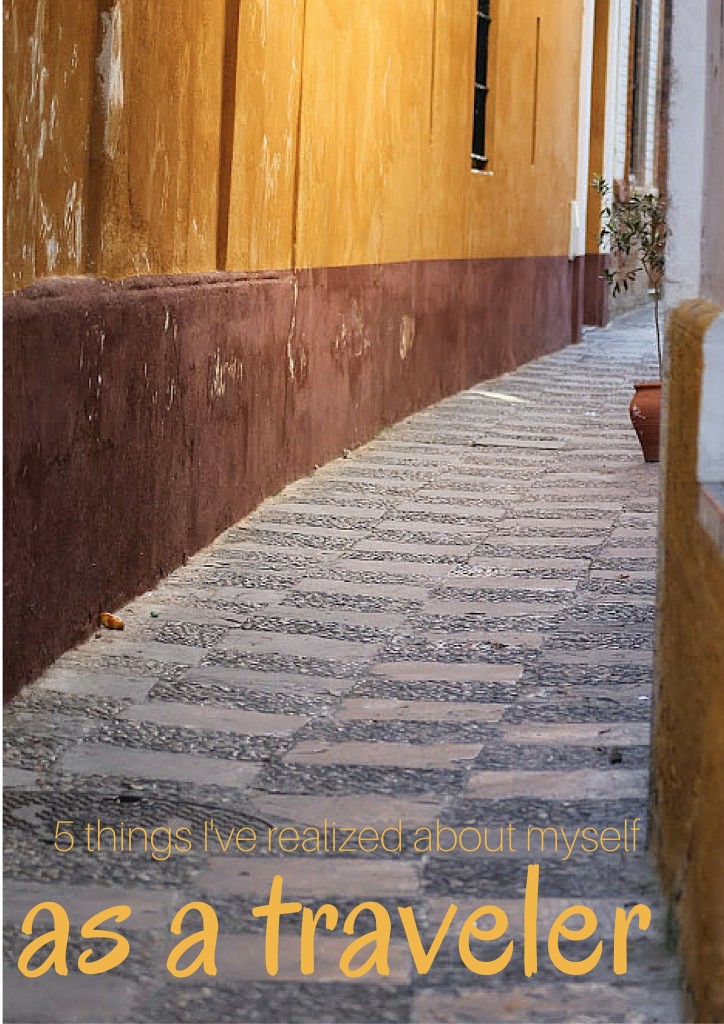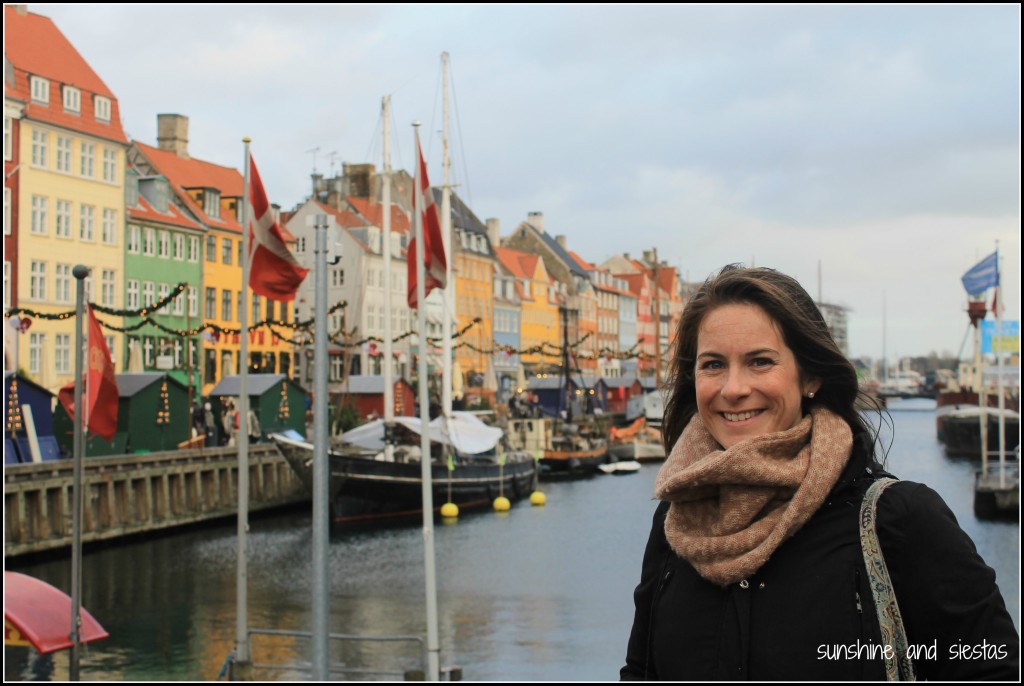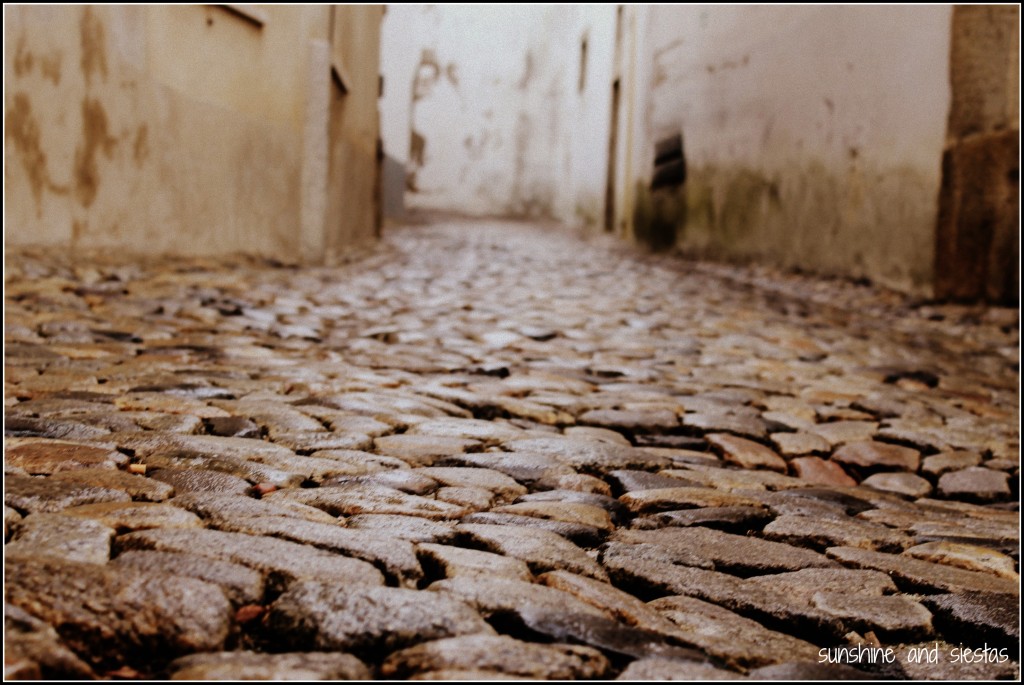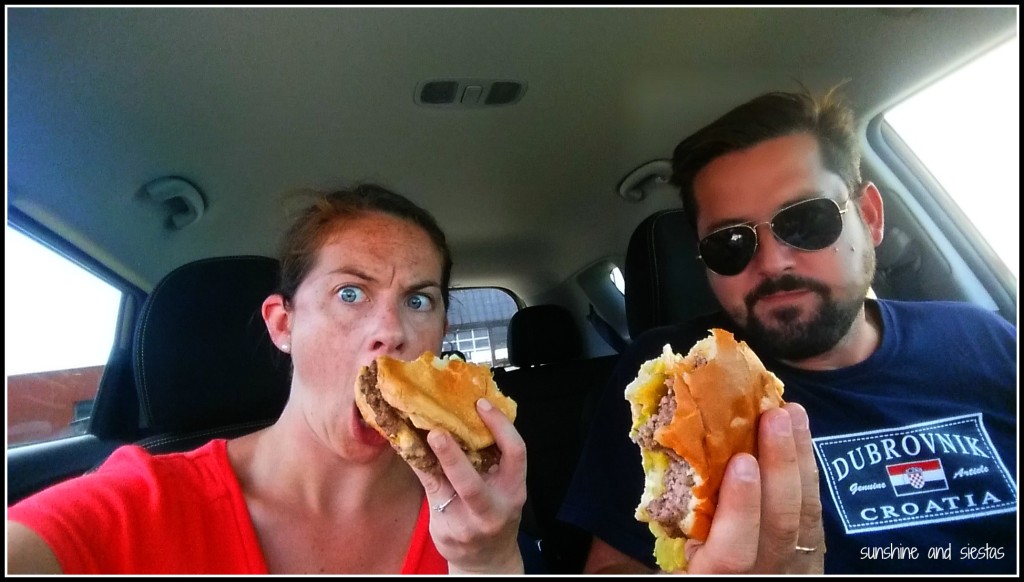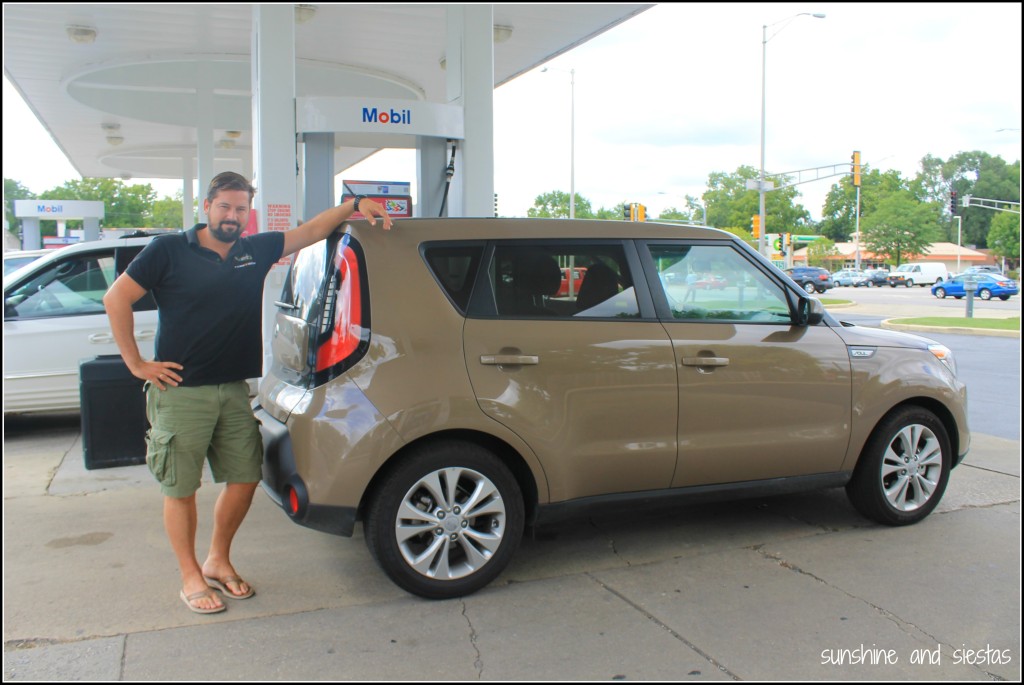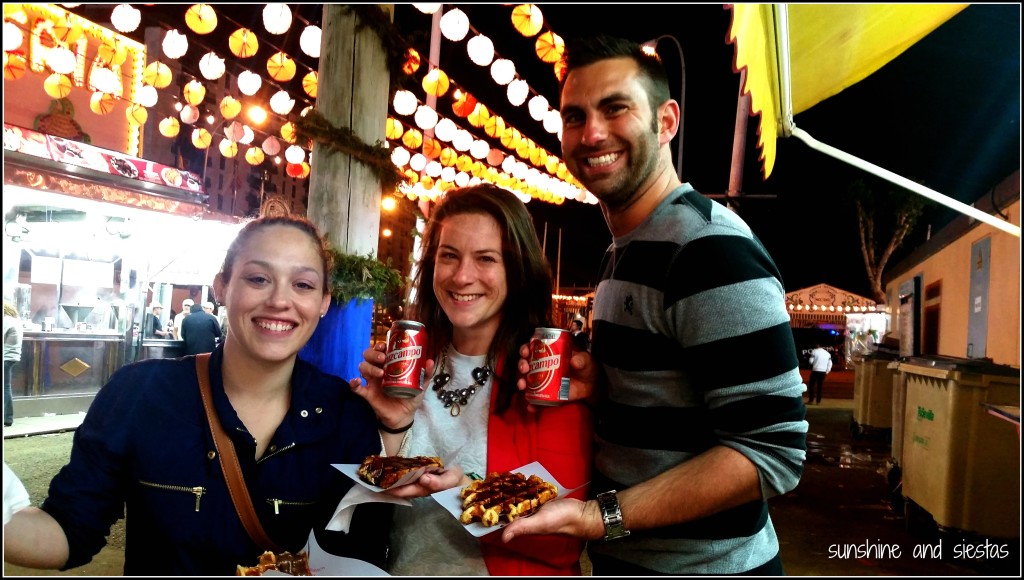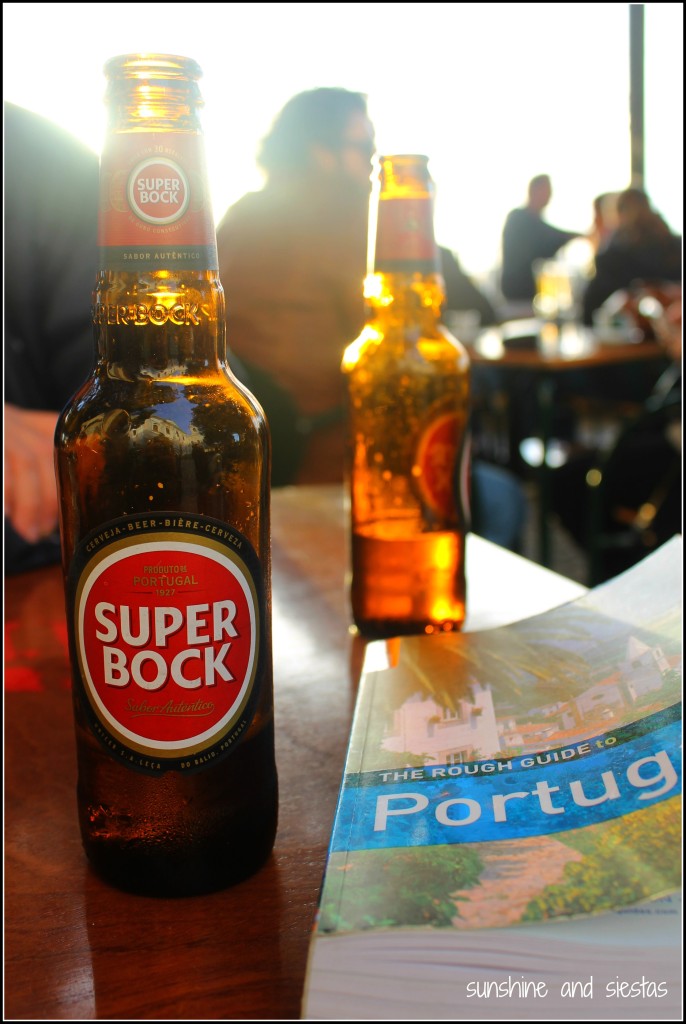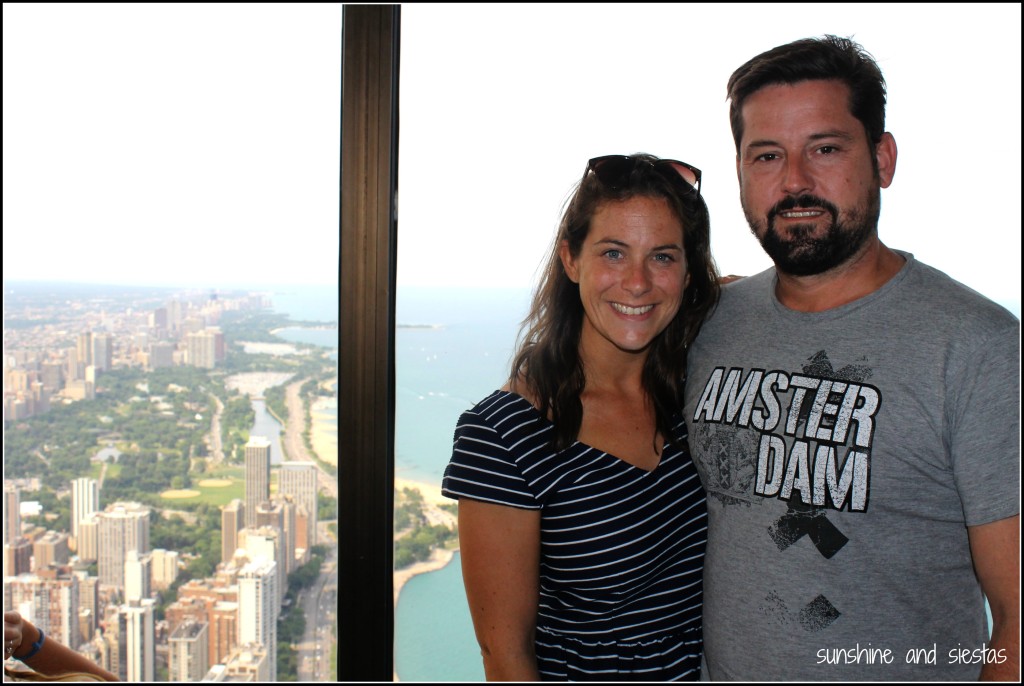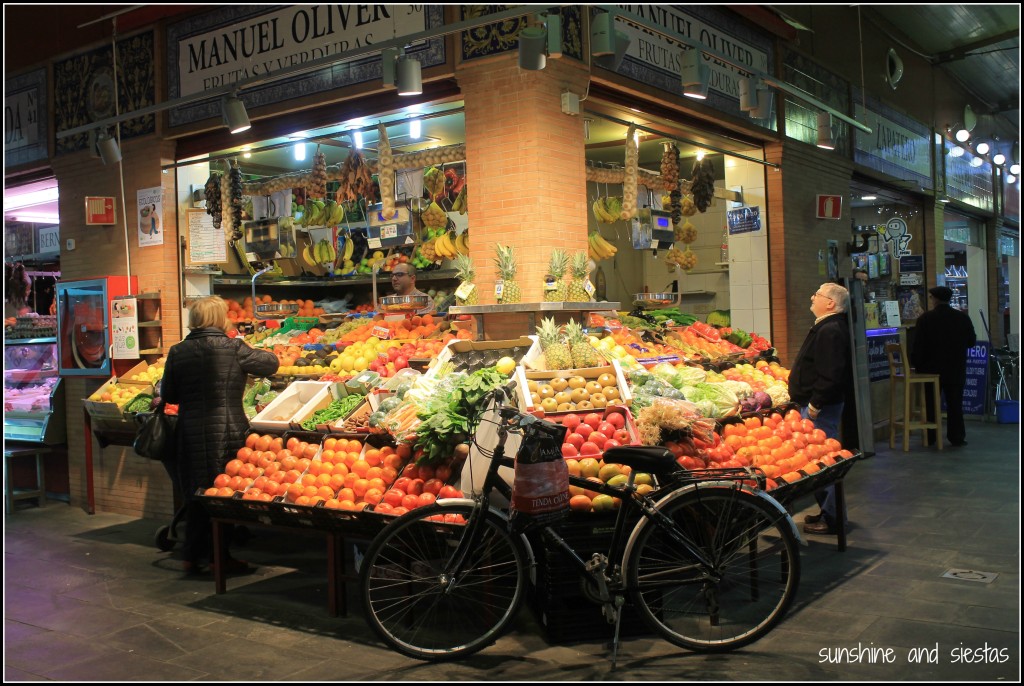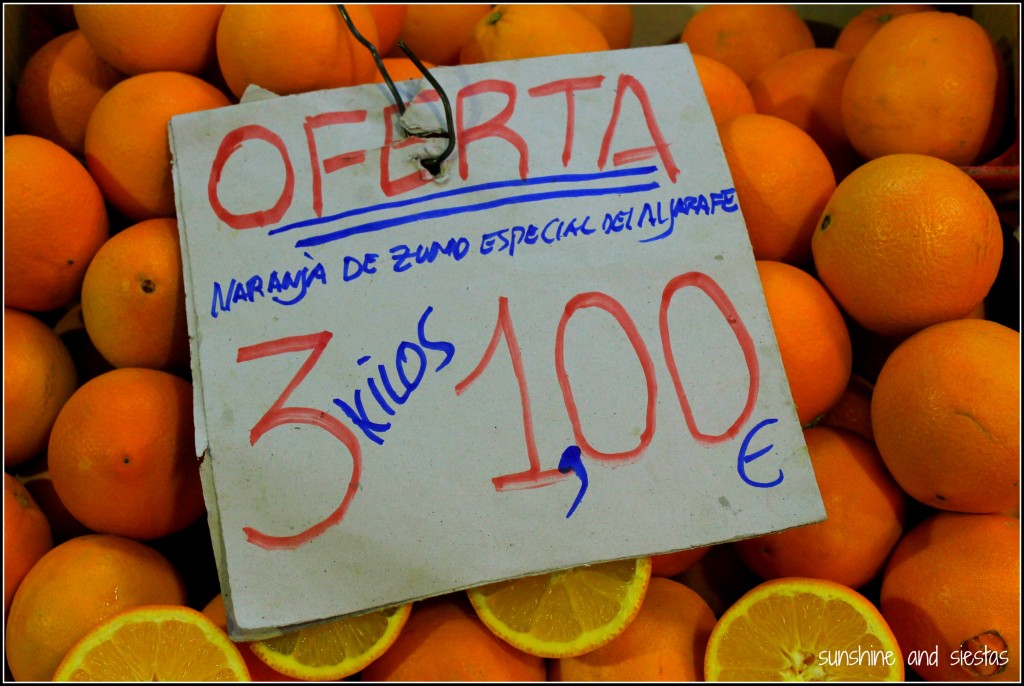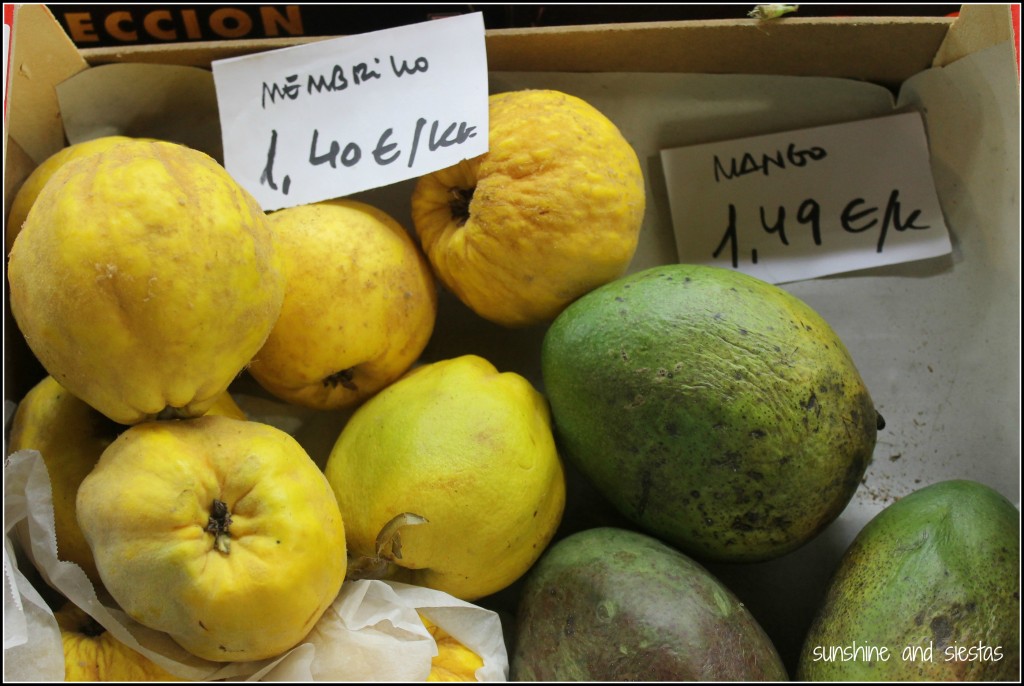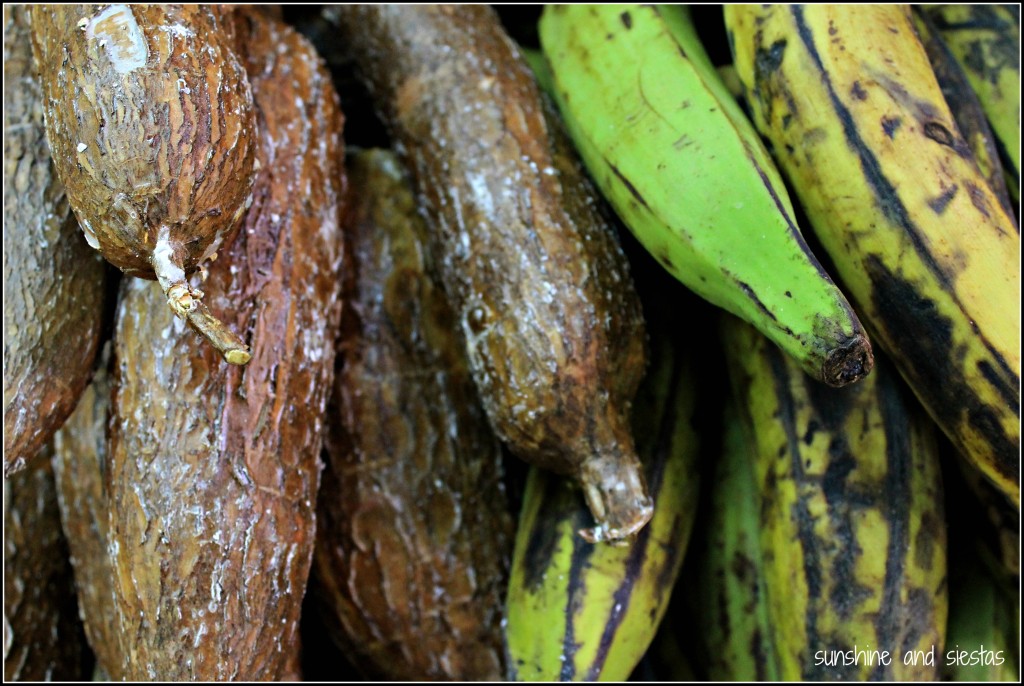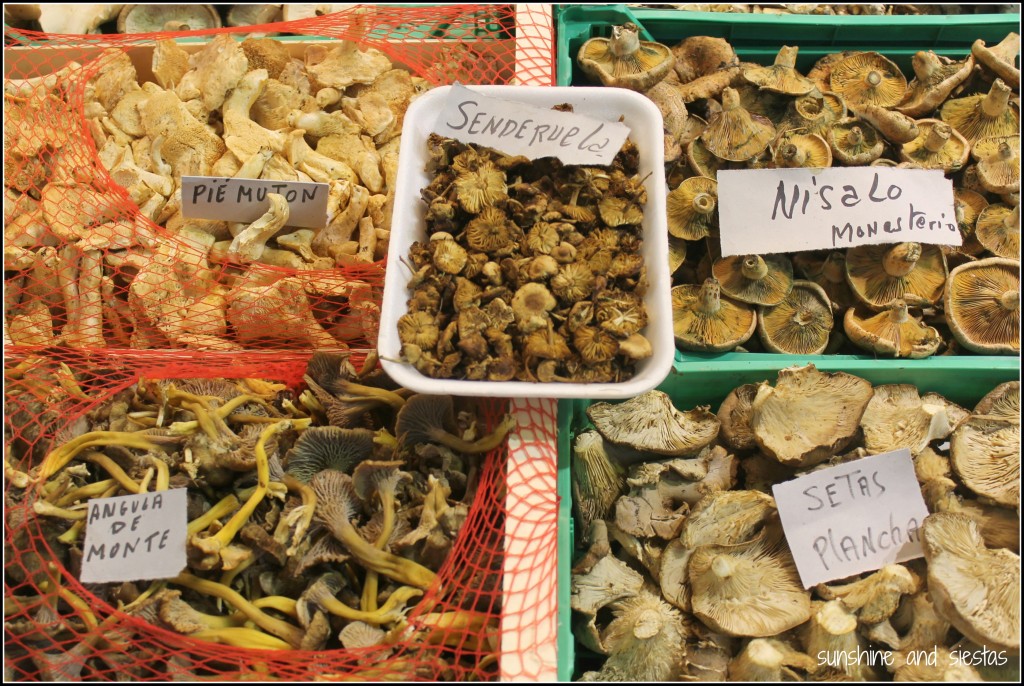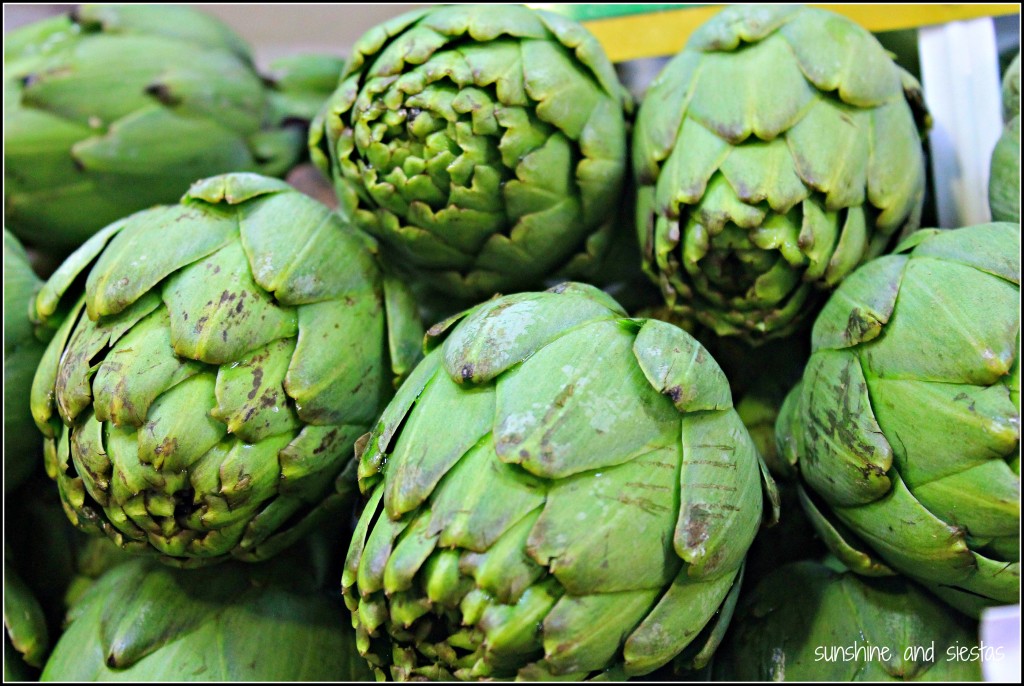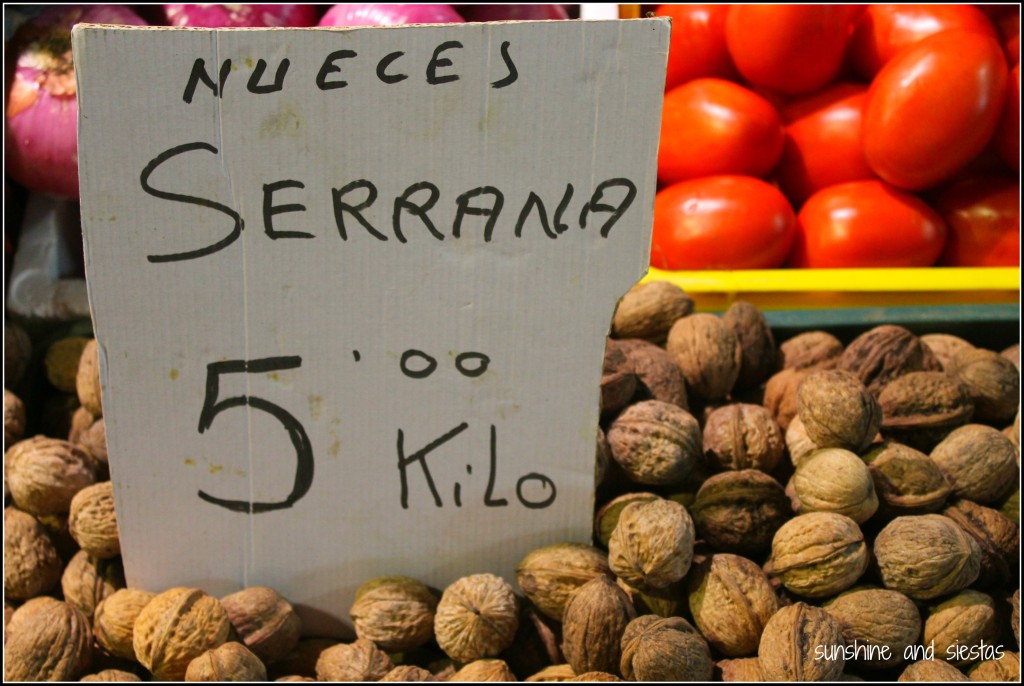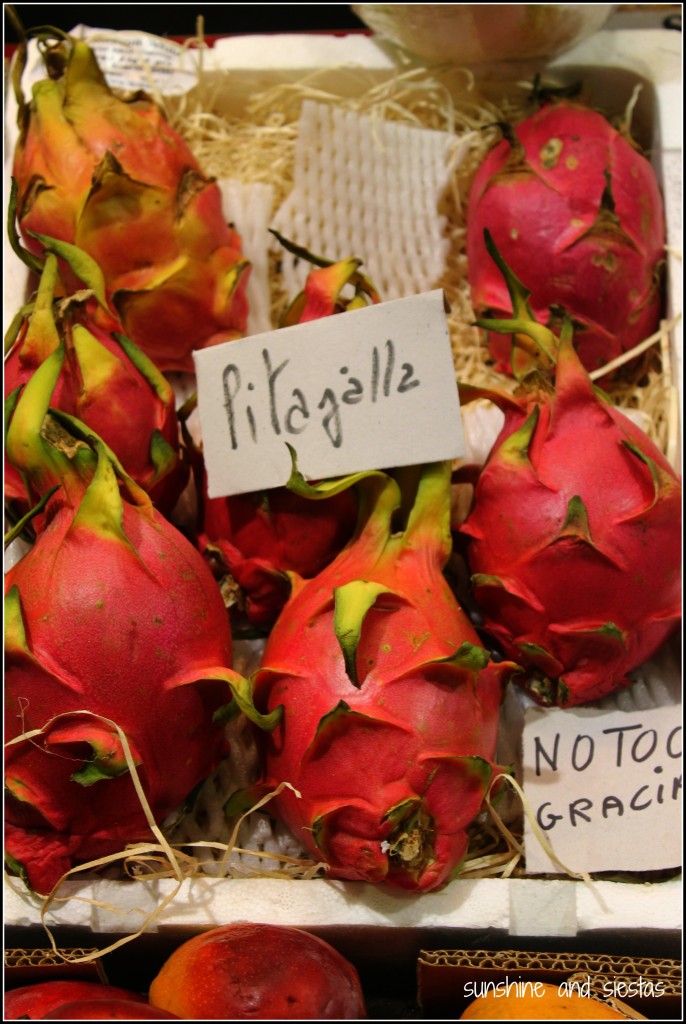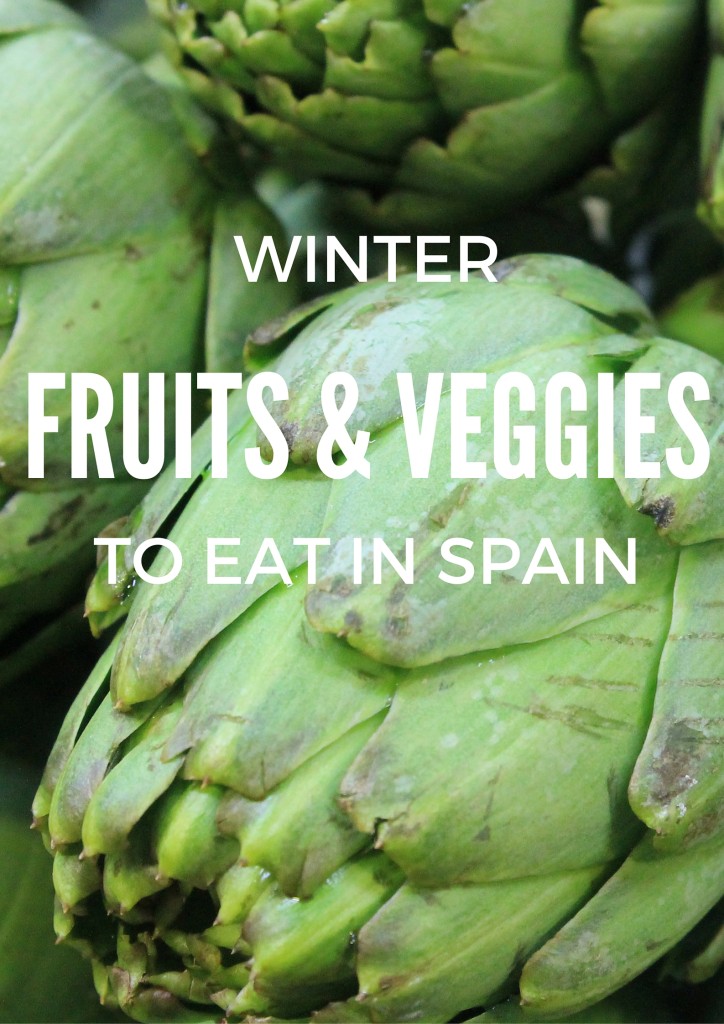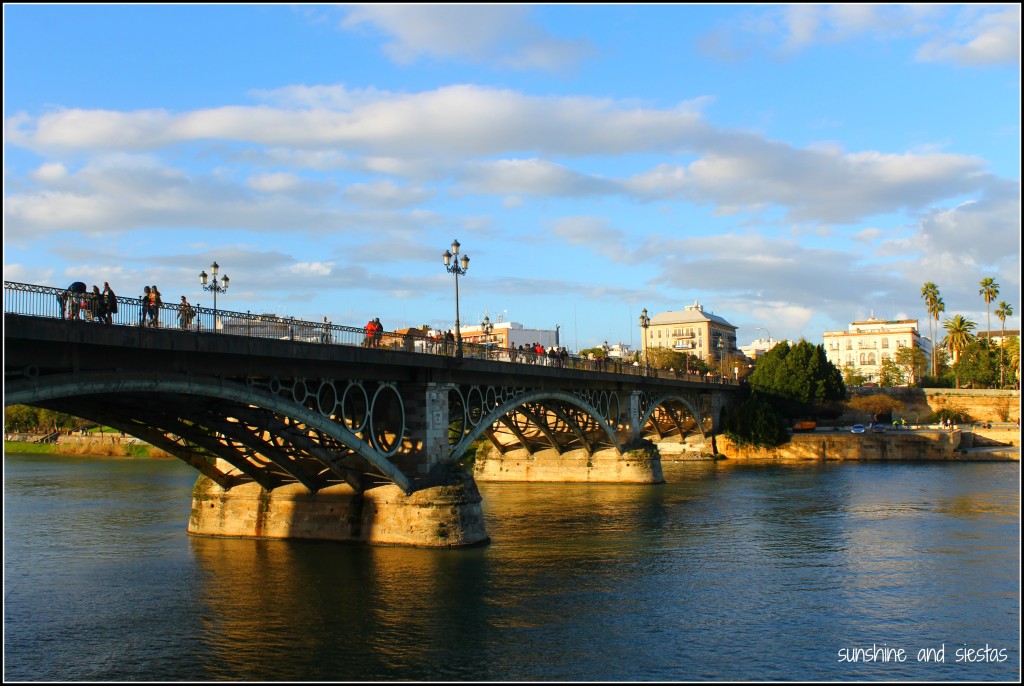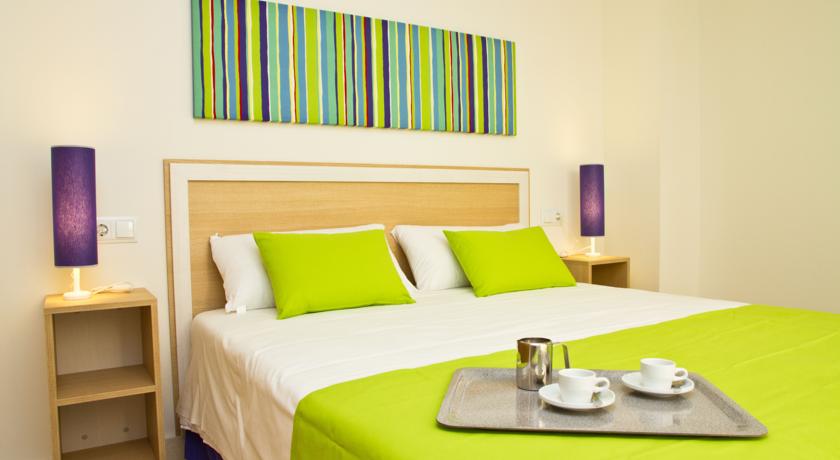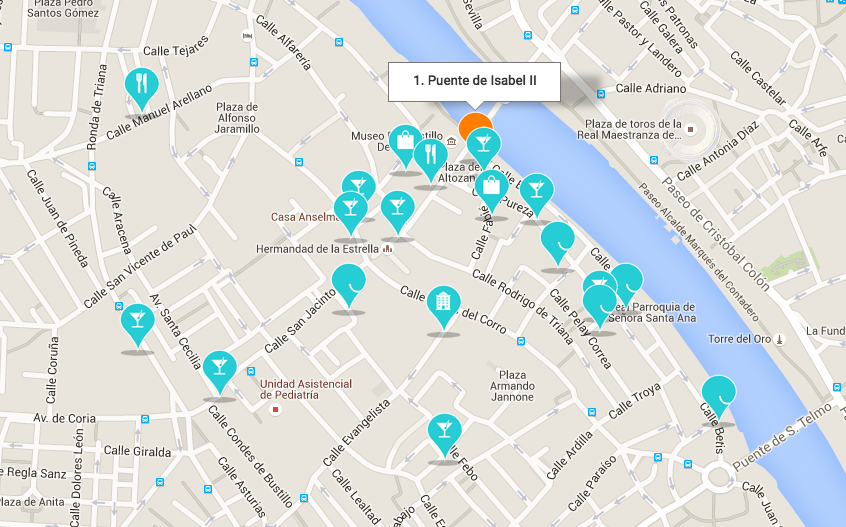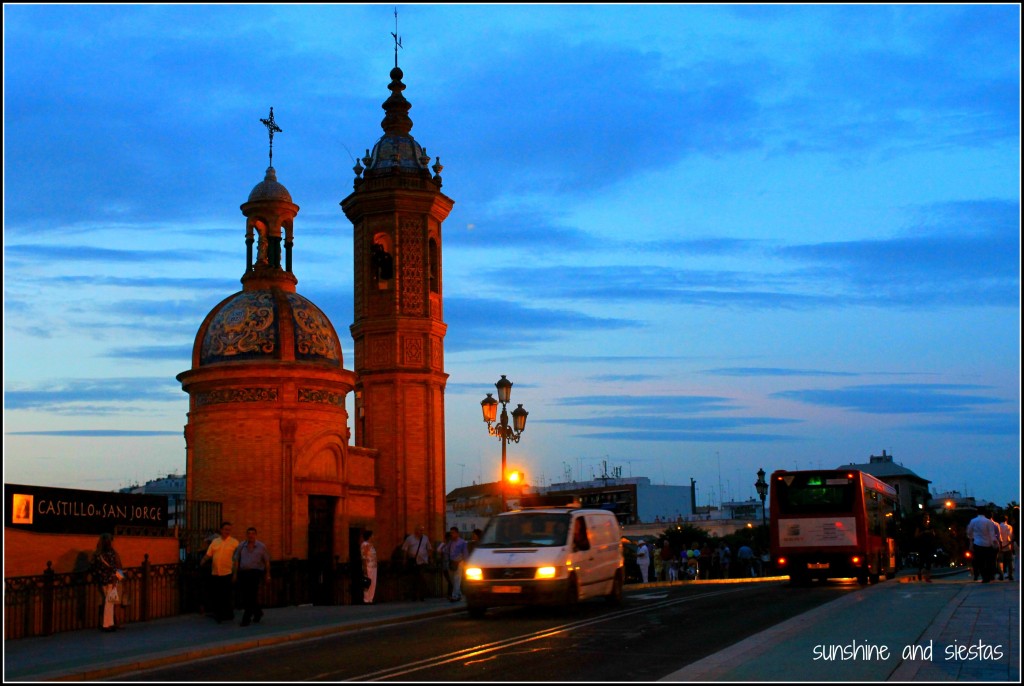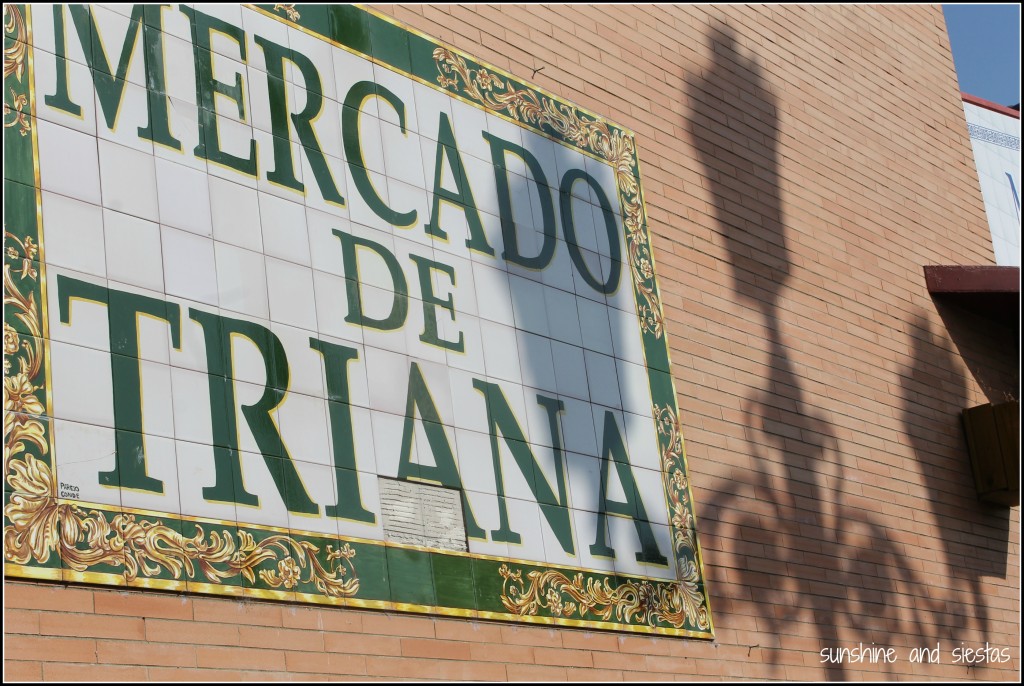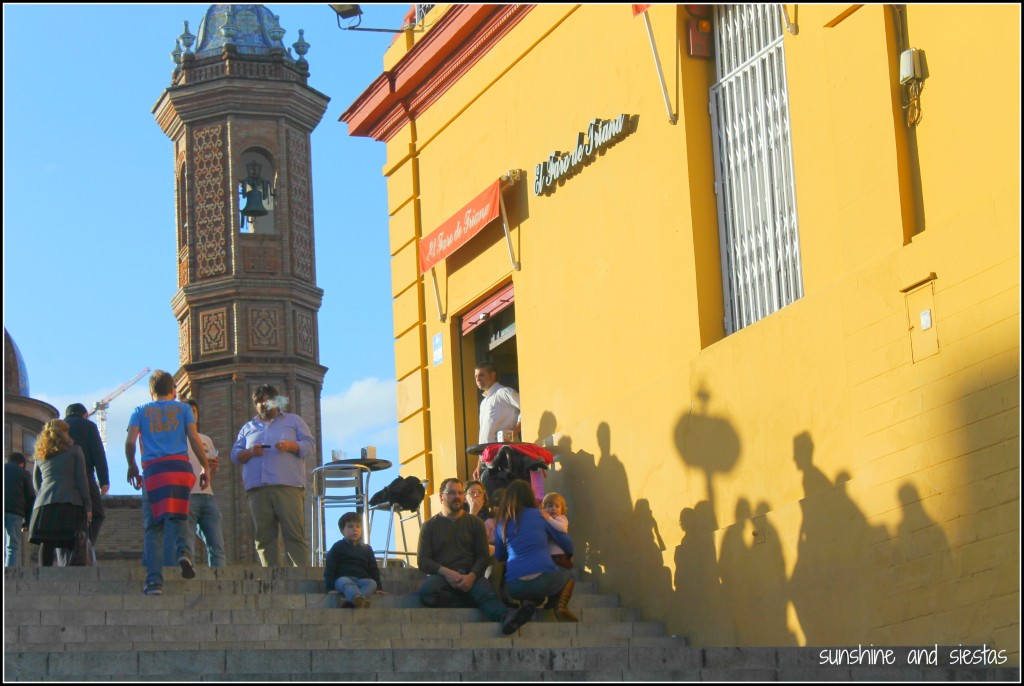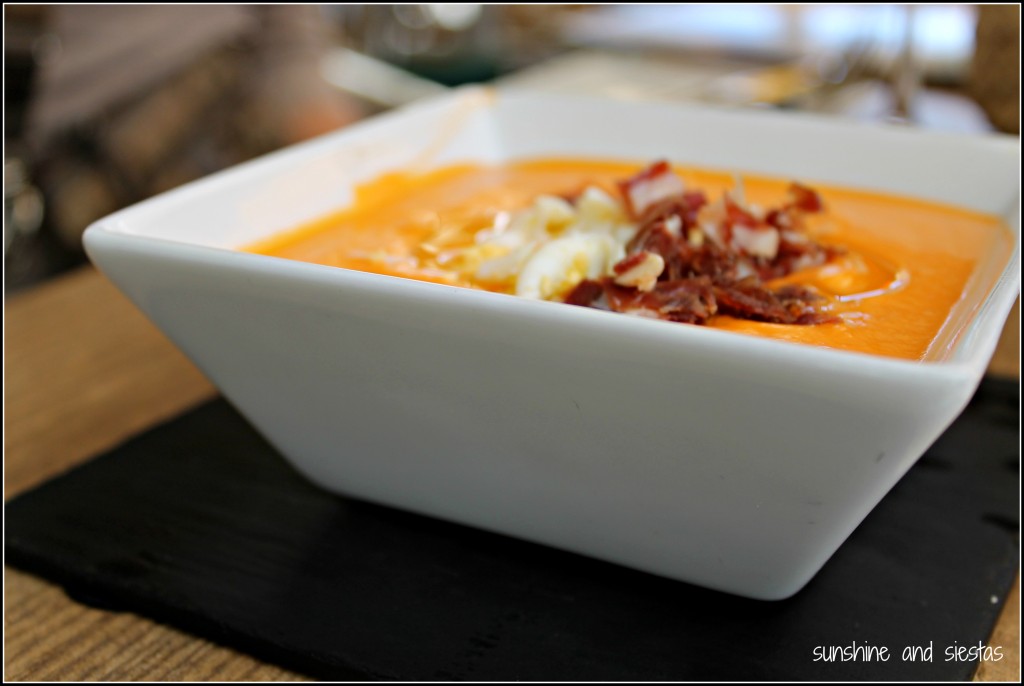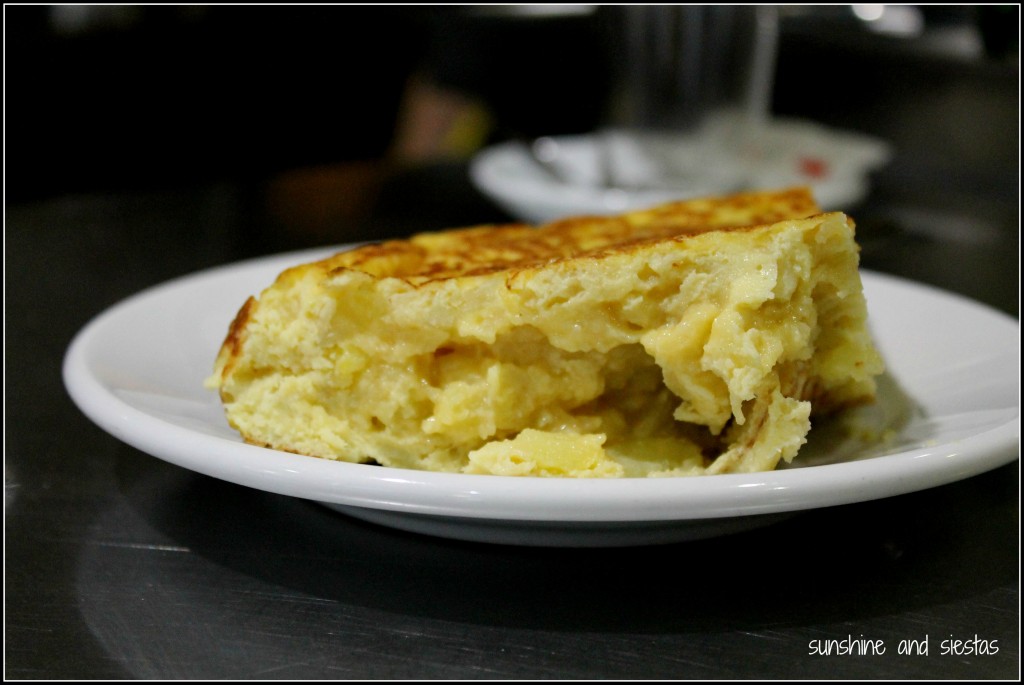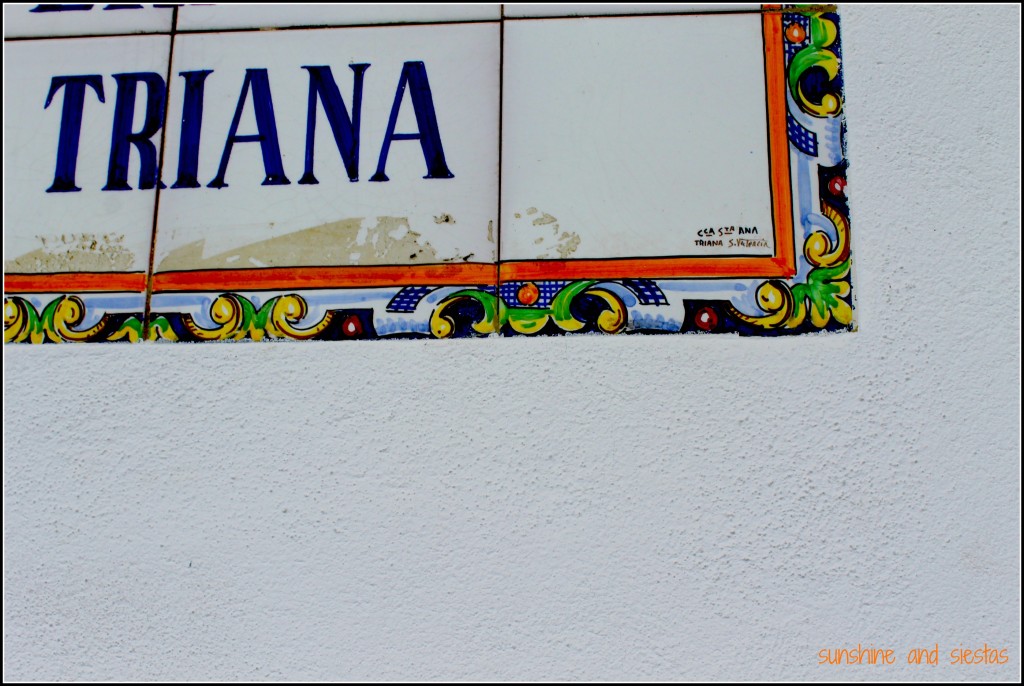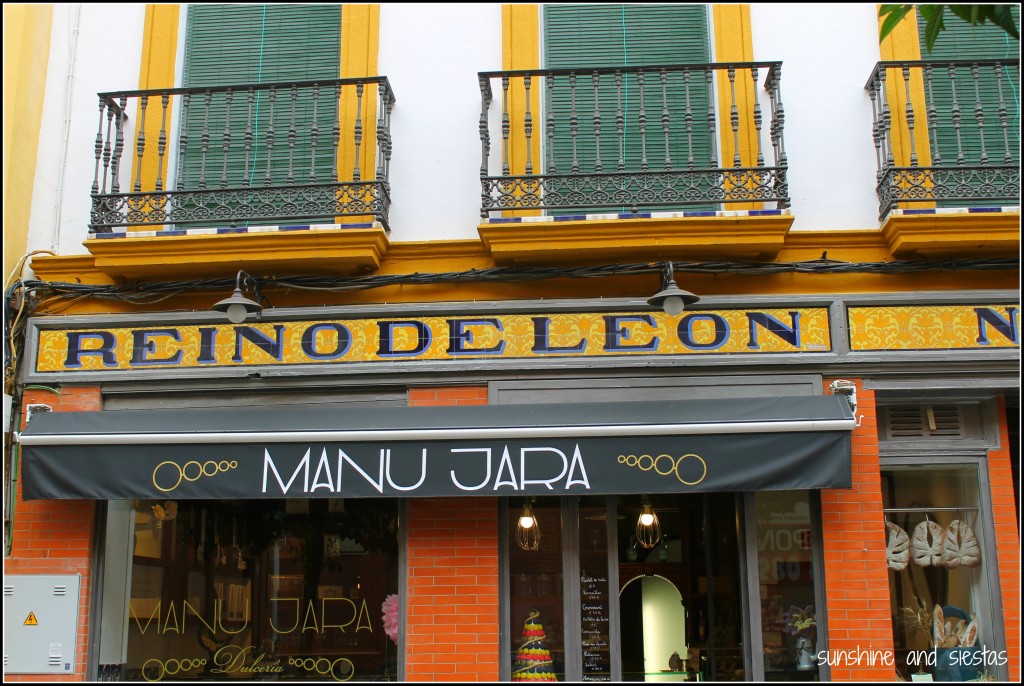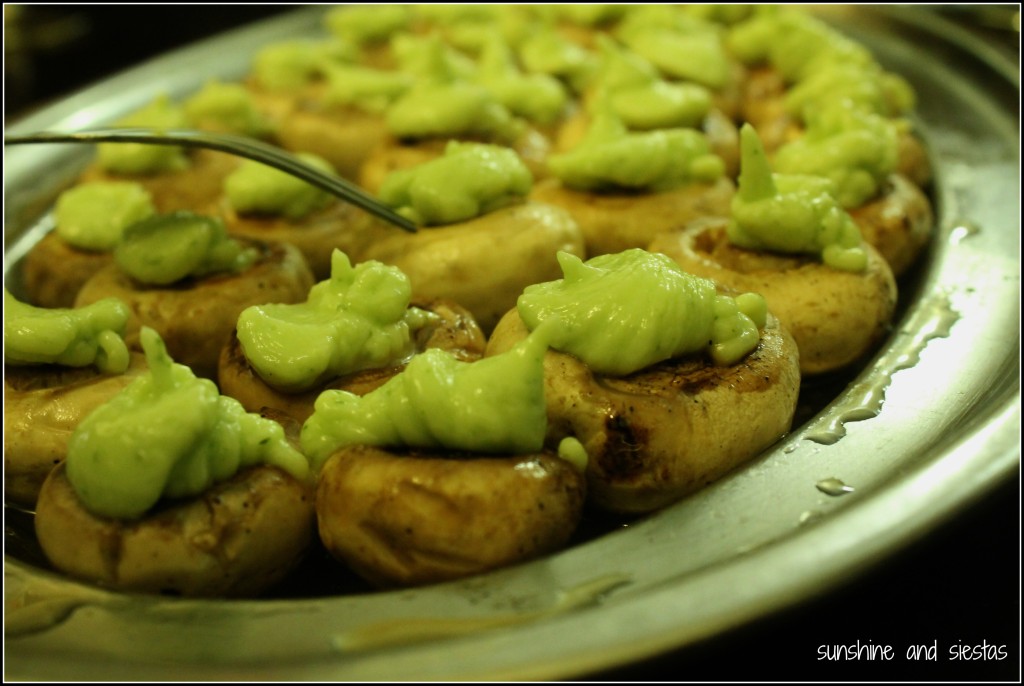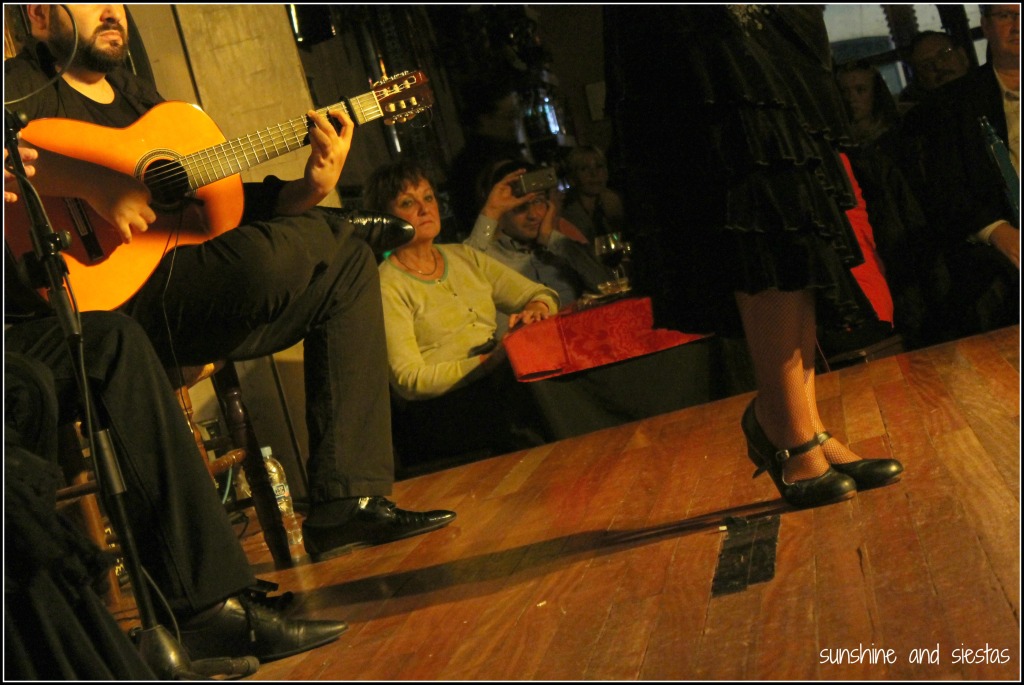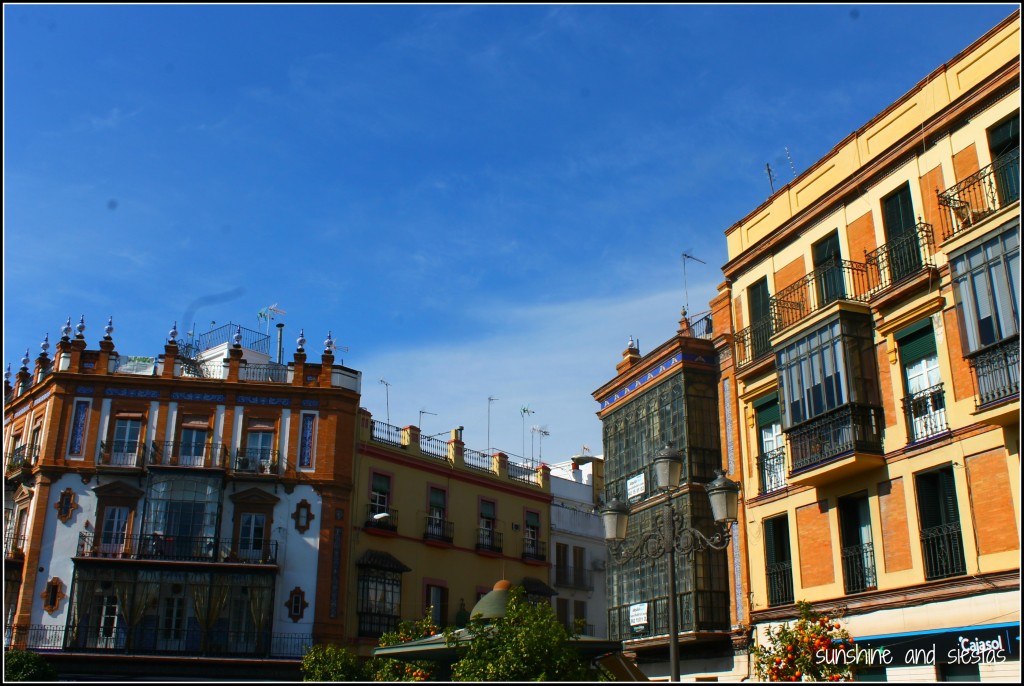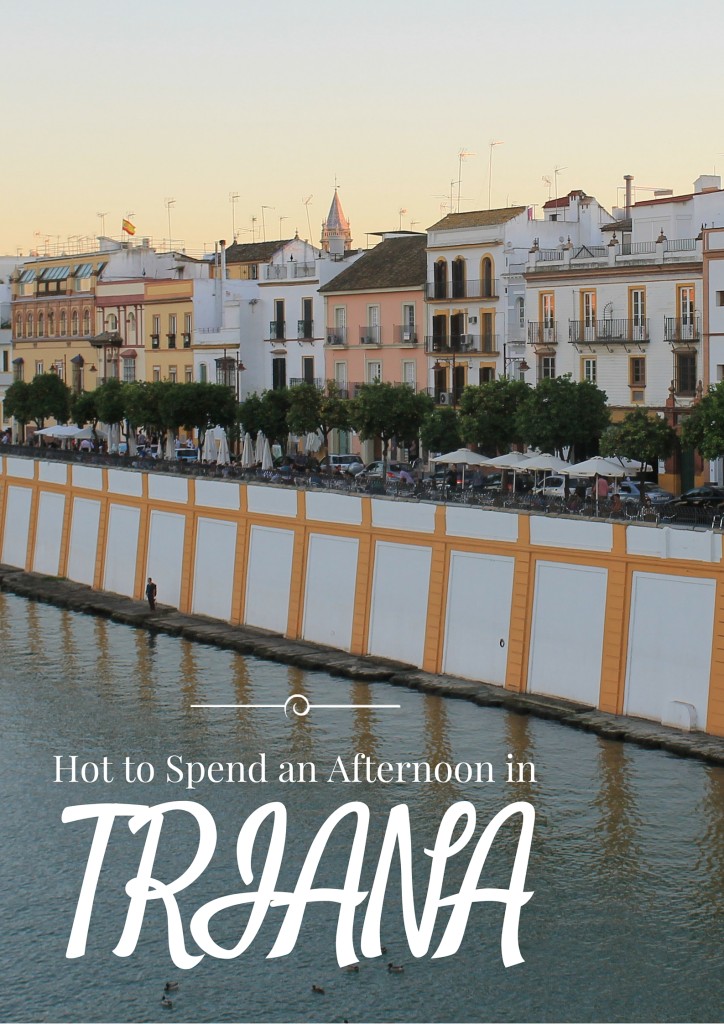Spain has its fair share of Mediterranean passion, spice and beauty — not to mention some of the most gorgeous sunsets, natural parks and villages on the planet. I should know: I met and fell in love with a Spaniard on the dimly lit streets of Seville, elbow-to-elbow as he ordered me new foods or we zigzagged the country in his car.
My love story has a heart-stopping backdrop between cervecerías and sidrerías, hidden coves and waterfalls, bustling cities and blips of towns. Can you tell we’re close to Valentine’s and our six-month wedding anniversary?
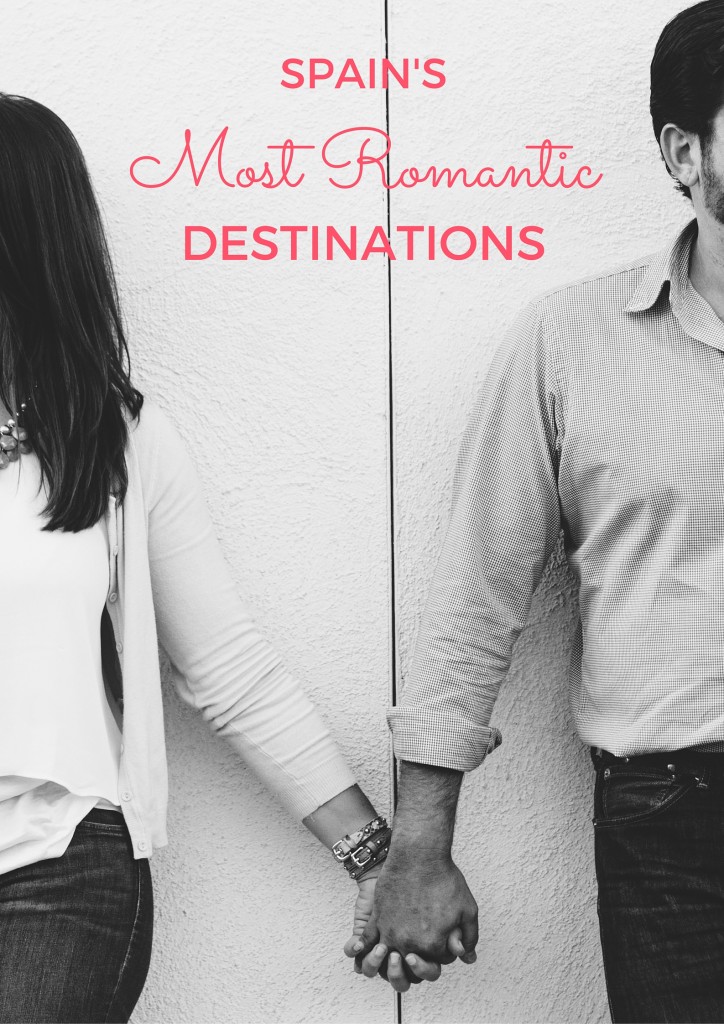
Booking a romantic trip away is all about finding the destination that’s right for you and your pareja, and one of the best things about Spain is that it offers so much more than a destination for couples, from globe-trotting city slickers to couples seeking a bit of solace. Here are four of my favorite rinconces of Spain for a romantic trip:
Seville: For the passionate couple
It’s often said that Andalucía encapsulates the Spanish spirit more than any other region of the country, and nowhere is that more evident than in Seville. With its stunning Moorish architecture and wild flamenco rhythms, Seville is steeped in romance and passion. The proof is in the (blood) pudding: the Novio and I met and fell in love in Triana.
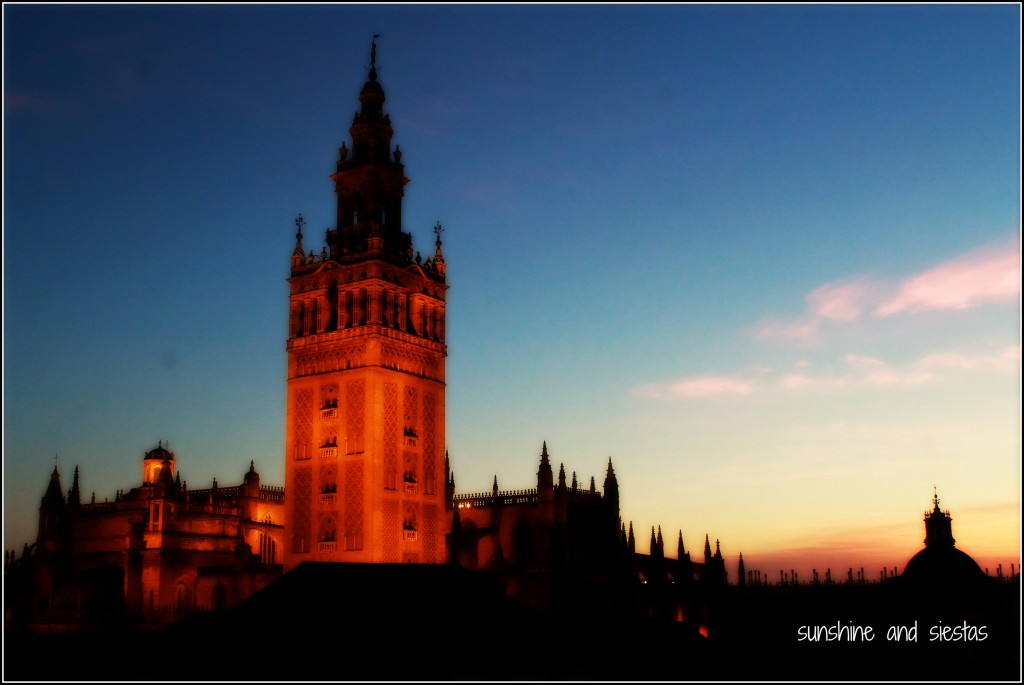
Start your trip by wandering hand-in-hand through Parque de Maria Luisa and the Moorish Alcázar, full of corners and oppulent gardens to sneak in a besito. For the best food, you can practically trip into one of the city’s many tapas restaurants, huddling together to share plates of pescaito frito and rabo de toro. And of course, no trip to this city would be complete without a flamenco experience at a local peña or a massage at the Arabic baths.
Menorca: For the tree-hugging couple
For the ultimate relaxing beach getaway, you can’t do better than Menorca. Quieter than neighboring Mallorca and protected as a UNESCO Biosphere Reserve, Menorca is a chilled-out destination that combines natural beauty, art and culture and fine cuisine.
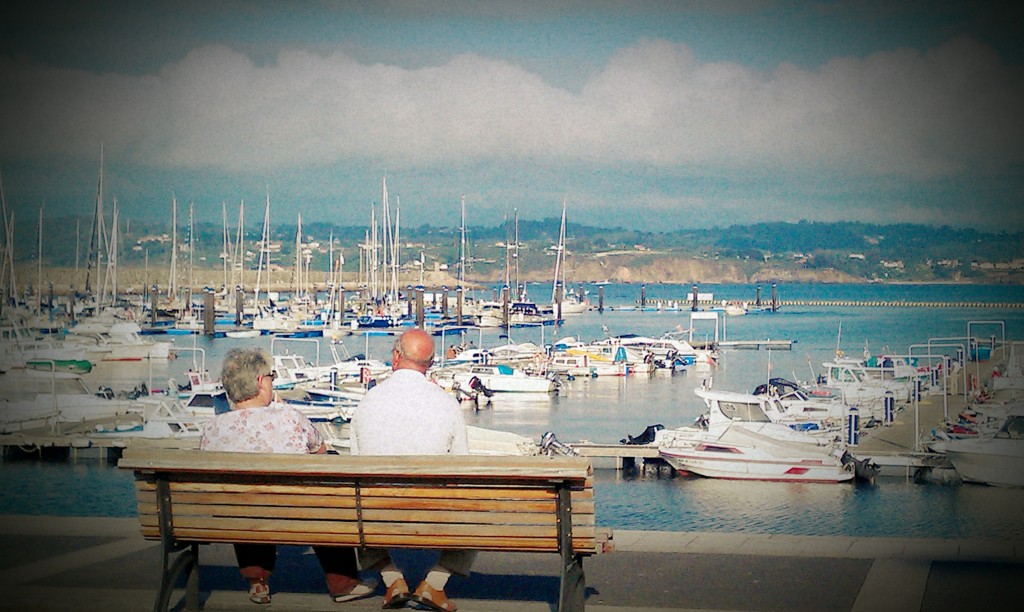
For a taste of the old world, stroll through the narrow cobbled lanes of the Old Ciutadella, before heading to the harbor for sea views and a bite to eat at fish restaurant Jàgaro (a favourite with the British Royal Family). Finish up in one of the island’s seaside taverns, sipping the island’s renowned Xoriguer gin and admiring the ocean views at sunset.
Even better, rent a car and drive to the secluded calas, or coves, scattered around the coast. Menorca is one of Spain’s top destinations for walking holidays and outdoor sports, making it perfect for outdoors lovers.
Barcelona: For the cultural couple
There’s no place like Barcelona when it comes to romance and culture. You can cuddle up by the fountain in Montjuïc, or take a stroll by the Maremagnum. End the evening taking a seat on Badalona beach and watching the waves lap against the sand. If this sounds like your kind of destination, you can check it out with loveholidays.
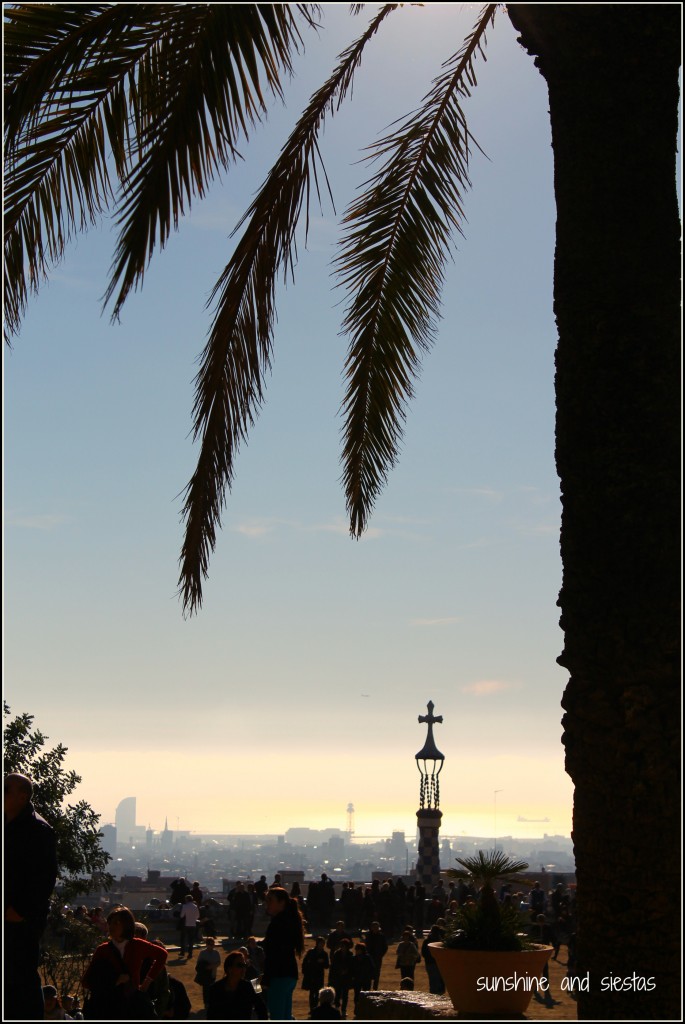
Barcelona is also a place for the avant garde between world class museums, posh dining concepts and a myriad of cool day trips. While perhaps not the most romantic city in Spain, it’s literally got something for everyone (well, maybe not me).
Mojácar: For the couple who wants no company
You might not have heard of Mojácar, but you’ll certainly recognize its distinctive skyline of jumbled white-fronted houses from the pages of a travel magazine. The town comprises two areas: the old town, dating back to Moorish times and arranged over a hilltop two kilometers inland from the coast, and the beach, a modern resort that stretches seven kilometers along the coast.
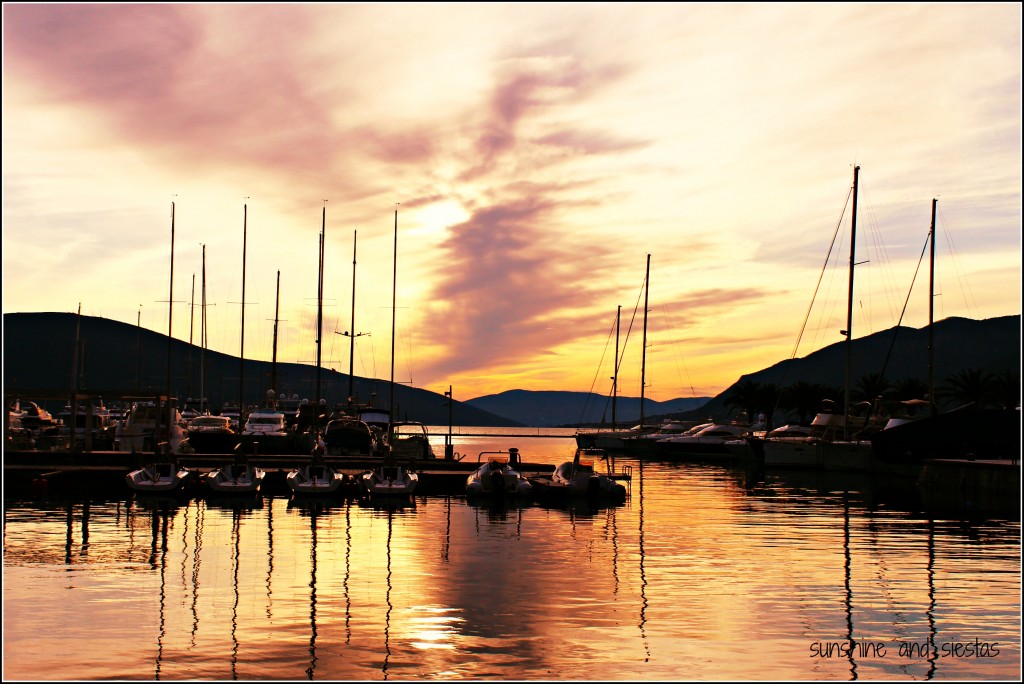
The combination of the two makes Mojacar the ideal destination for a romantic break, offering the opportunity for secluded walks through the old town’s winding streets, sunbathing on the golden beaches and sightseeing.
Extremadura: for off-the-beaten-path couples
Thanks to a lack of tourism, Extremadura is a part of Spain that not many tourists get to. Think wide open plains, historic cities and long, hearty lunches in the shade of a stone cathedral.
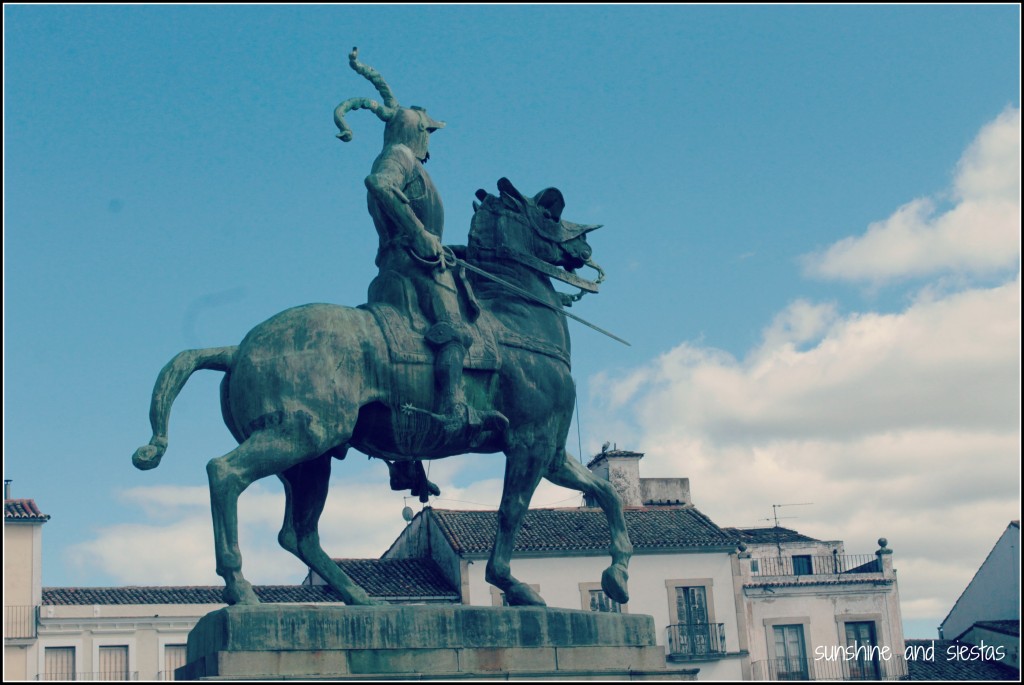
My picks would be Trujillo, home to a stone city center where the New World’s riches often ended up, or Cáceres, a UNESCO World Heritage city bursting with secluded plazas, churches and small taverns. It may be one of Spain’s most authentic areas!
But don’t think you’ll need to do anything extra special: Much like we Americans have ‘Hallmark Holidays,’ Spaniards refer to Valentine’s Day as el día del Corte Inglés. Everything is fair game – baked goods, flowers, gushy love notes and expensive dinners!
What are Spain’s most romantic holidays, in your opinion?

